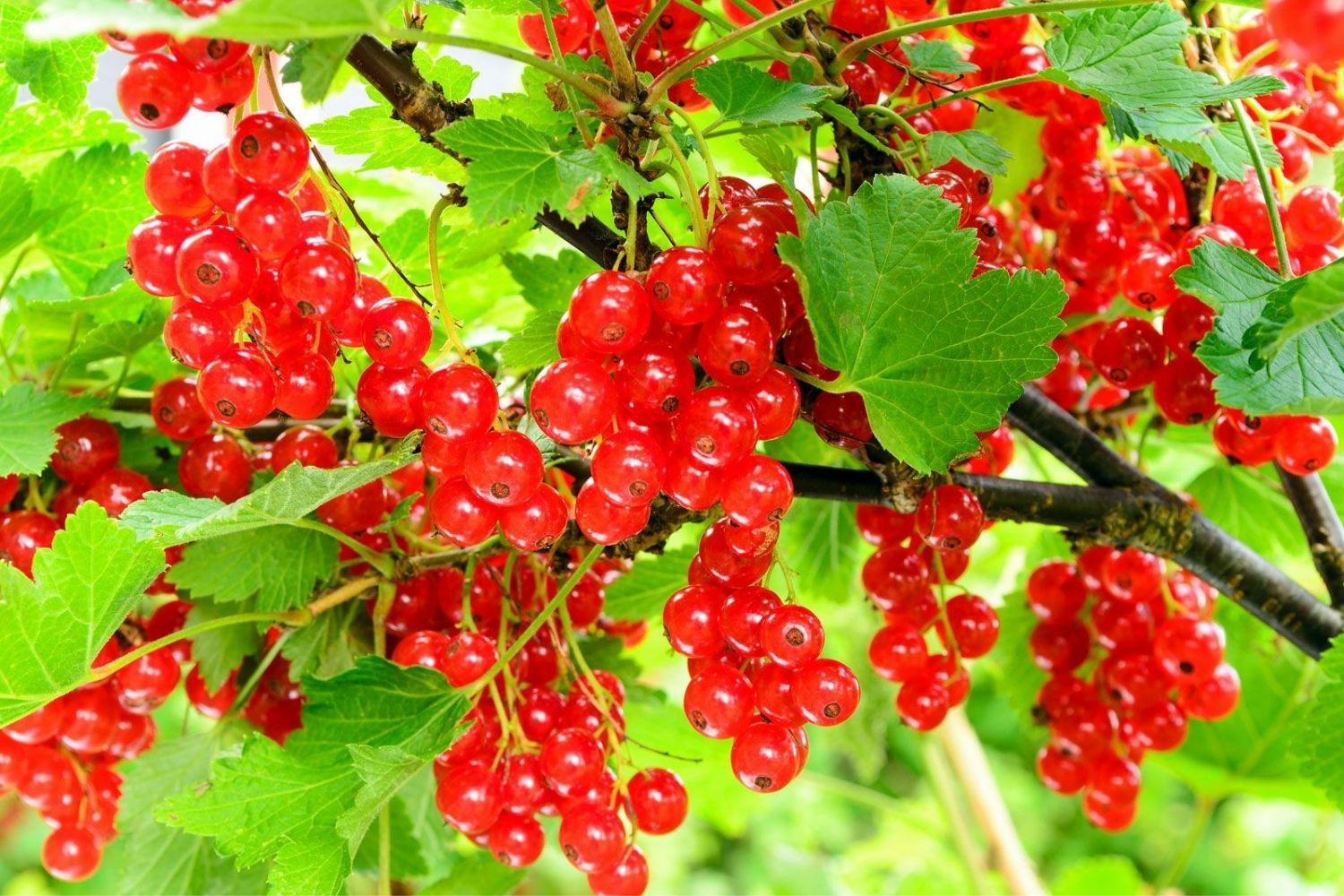
Currants are tiny, tangy berries that pack a punch of flavor and nutrition. Did you know currants come in different colors, including red, black, and white? These berries are not just delicious but also rich in vitamins and antioxidants. Black currants, for instance, are known for their high vitamin C content, even more than oranges! Whether you enjoy them fresh, dried, or in jams, currants offer a versatile ingredient for many recipes. They have a long history, too, dating back to ancient Greece and Rome. Curious about more intriguing facts? Let’s dive into 25 fascinating tidbits about these small but mighty berries.
What Are Currants?
Currants are small, tart berries that pack a punch in both flavor and nutrition. They come in various colors, including red, black, and white. Often used in baking, jams, and even savory dishes, currants are a versatile fruit with a rich history.
-
Currants are native to Europe and parts of Asia, where they have been cultivated for centuries.
-
The name "currant" comes from the ancient Greek city of Corinth, where dried currants were first traded.
-
Black currants are particularly rich in vitamin C, containing up to four times the amount found in oranges.
-
Red currants are often used to make a traditional British jelly known as "redcurrant jelly."
-
White currants are actually a variant of red currants, but they are less acidic and have a sweeter taste.
Nutritional Benefits of Currants
Currants are not just tasty; they are also incredibly nutritious. Packed with vitamins, minerals, and antioxidants, these tiny berries offer numerous health benefits.
-
Currants are high in dietary fiber, which aids in digestion and helps maintain a healthy gut.
-
They contain anthocyanins, powerful antioxidants that can help reduce inflammation and lower the risk of chronic diseases.
-
Currants are a good source of potassium, which is essential for maintaining healthy blood pressure levels.
-
The high vitamin C content in currants boosts the immune system and helps the body fight off infections.
-
Currants also contain iron, which is crucial for the production of red blood cells and preventing anemia.
Culinary Uses of Currants
Currants can be used in a variety of dishes, both sweet and savory. Their tart flavor adds a unique twist to many recipes.
-
Currants are often used in baking, especially in scones, muffins, and cakes.
-
They can be made into jams, jellies, and preserves, which are perfect for spreading on toast or adding to desserts.
-
Currants are a popular ingredient in traditional Christmas pudding and mince pies.
-
In savory dishes, currants can be added to salads, couscous, and rice pilafs for a burst of flavor.
-
Currants can also be dried and used as a substitute for raisins in many recipes.
Growing Currants
Growing currants can be a rewarding experience for gardeners. These hardy plants are relatively easy to cultivate and can thrive in various climates.
-
Currant bushes prefer well-drained soil and a sunny or partially shaded location.
-
They are relatively low-maintenance, requiring only occasional pruning to remove dead or diseased wood.
-
Currants are self-fertile, meaning they do not require another plant for pollination.
-
These plants are resistant to many common pests and diseases, making them a great choice for organic gardening.
-
Currant bushes can produce fruit for up to 20 years, providing a long-term source of fresh berries.
Historical and Cultural Significance
Currants have played a significant role in various cultures and historical events. Their rich history adds to their charm and appeal.
-
During World War II, black currants were grown extensively in the UK because they were one of the few fruits rich in vitamin C that could be cultivated in the British climate.
-
In ancient Greece, currants were used as a form of currency and were highly valued for their medicinal properties.
-
Currants have been mentioned in literature, including works by Shakespeare and Charles Dickens.
-
In some cultures, currants are believed to have magical properties and are used in rituals and ceremonies.
-
Currants are often associated with Christmas and other winter holidays, symbolizing warmth and festivity.
Currants: A Tiny Fruit with Big Surprises
Currants pack a punch in both flavor and nutrition. These small berries, often overlooked, are rich in vitamin C, antioxidants, and fiber. They come in various colors, each with its unique taste and benefits. From black currants boosting immunity to red currants adding a tart twist to desserts, there's a lot to love.
Historically, currants have been used in medicines, dyes, and even as a currency. Their versatility extends to the kitchen, where they can be found in jams, jellies, sauces, and baked goods. Despite their small size, currants have a significant impact on health and cuisine.
Next time you spot these tiny berries, remember their rich history and health benefits. Whether you eat them fresh, dried, or cooked, currants are a delightful addition to any diet.
Was this page helpful?
Our commitment to delivering trustworthy and engaging content is at the heart of what we do. Each fact on our site is contributed by real users like you, bringing a wealth of diverse insights and information. To ensure the highest standards of accuracy and reliability, our dedicated editors meticulously review each submission. This process guarantees that the facts we share are not only fascinating but also credible. Trust in our commitment to quality and authenticity as you explore and learn with us.
